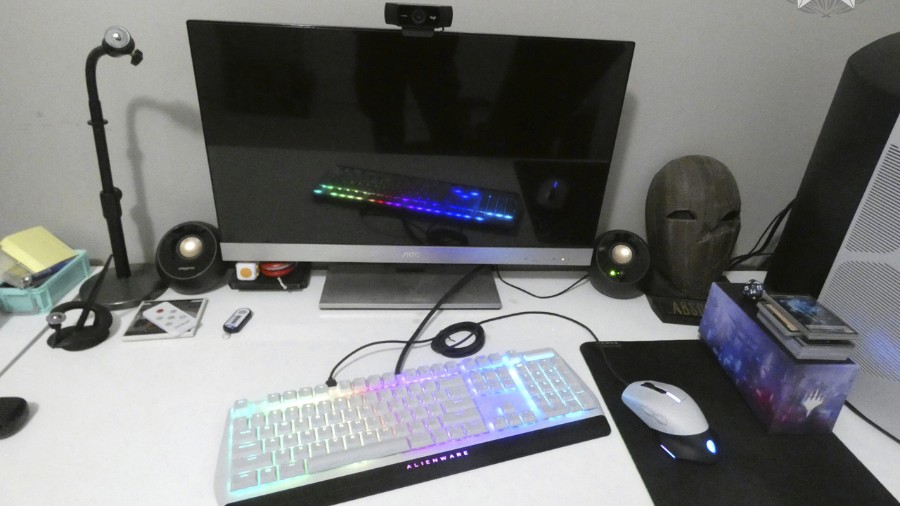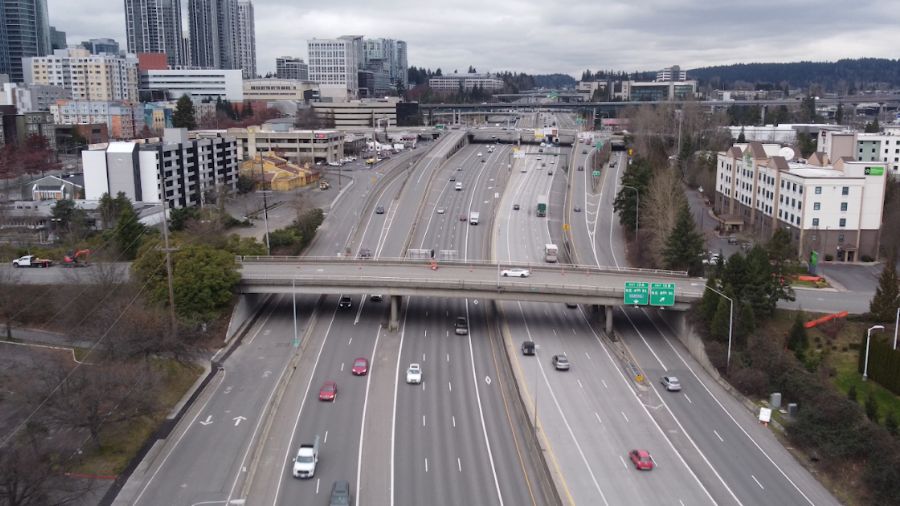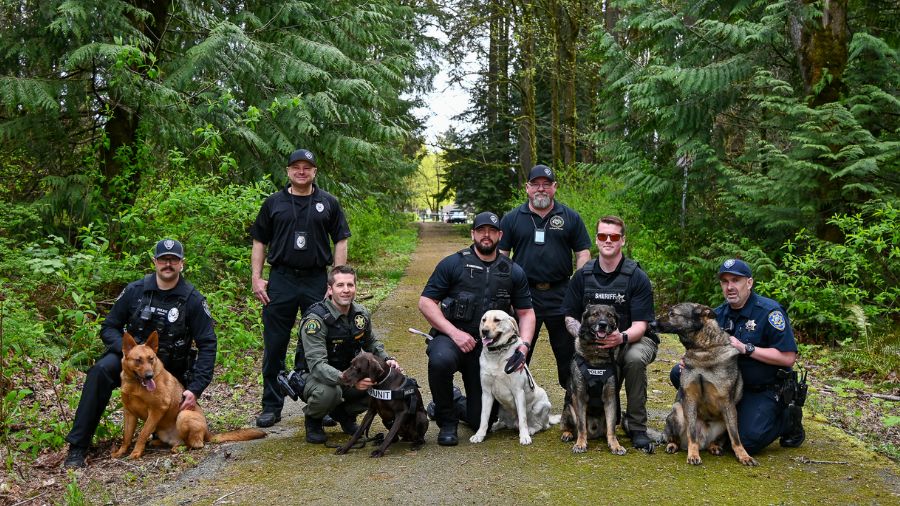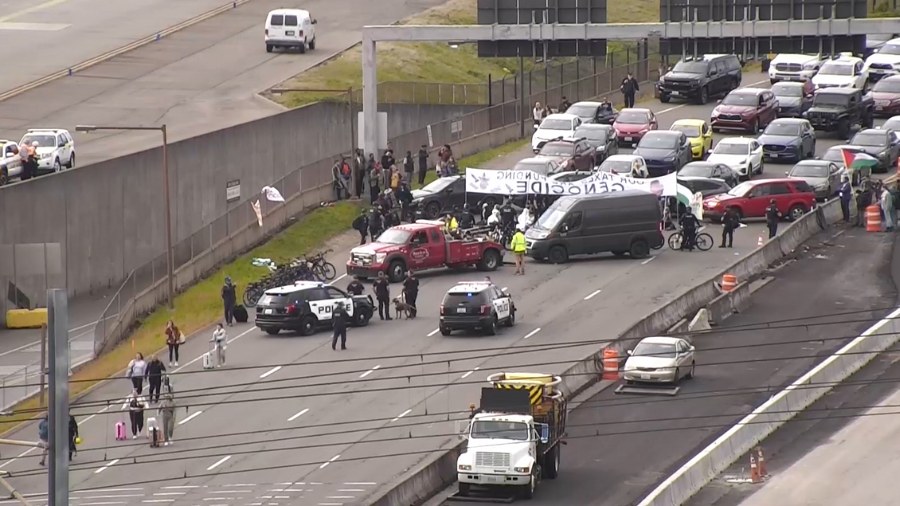Twisted trolley tales and sad streetcar stories
Sep 10, 2015, 1:06 PM | Updated: Sep 10, 2018, 1:26 pm
We live in a new age of trolleys and streetcars. South Lake Union was connected to downtown by rail in December 2007. Soon, the much-delayed First Hill streetcar will begin operating, and plans to build more routes are in the works. Debate about the wisdom of these new systems ebbs and flows, and it remains to be seen if they’ll be truly embraced by commuters, or simply become playthings for tourists.
Oftentimes during the debate, much is made of Seattle’s earlier era of street railways, when tracks crisscrossed downtown and reached north, east and south into nearly every neighborhood. And there are subtle reminders of the old trolleys here and there around the city. Some are in plain sight, like the oddly wide median on 14th Avenue NW near the Ballard Bridge, where trolleys ran from 1911 to 1927. Others are hidden from view, but remain in place, like the 16-ton “counterbalances” that rolled on tracks in an underground tunnel to assist trolley cars up and down the steepest stretch of Queen Anne Avenue.
The history of street railways tends to get somewhat over-romanticized, and much like those counterbalances, the real history of trolleys and streetcars in Seattle is also hidden from view. It’s a shame, because time, memory and romance have obscured fascinating truths about the rise and fall of a sprawling system of mass transit that began more than a century ago.
The first age of street railways in Seattle had several distinct eras, originally described by local historian and author Leslie Blanchard in the 1960s. It all began in 1884 with horse-drawn trolley cars that were followed soon after in 1889 by the addition of electric-powered trolleys. In those early years, street railways were run by private enterprise with city-granted franchises for specific routes. Along with electric trolleys, Seattle’s steep hills made cable cars—just like those still in use in San Francisco, with a cable moving beneath the street that had to be “gripped”—more practical on routes such as Yesler Way.
Seattle was booming then in the period of growth after the 1889 fire, and many owners of big parcels of land had no interest in becoming transit operators; they built trolley lines from downtown simply to encourage settlement and boost land prices and profits.
When the national financial crisis known as the Panic of 1893 came along, it put pretty much every Seattle trolley company into receivership or a form of bankruptcy. Some prominent citizens who’d invested in trolleys, including founding pioneer David Denny, lost nearly everything they had.
But the trolleys kept running through the tough times, and Seattle and the rest of the nation emerged from the financial crisis. The city boomed like never before during the Klondike Gold Rush of the late 1890s, with the population growing as rapidly as it is now. In this time before cars, and before cars were affordable for the middle class, streetcars were essential for moving workers between their homes and the offices and factories were they were employed, and to the theatres, city parks and beaches where they played.
By the turn of the century, at least 10 different private companies were operating electric trolley routes and cable car routes in Seattle. There was little or no coordination between the various companies that operated trolleys, so the experience for passengers was fairly disorganized or even chaotic, and a ride across town often required the paying of multiple fares to multiple operators.
It was at this point that Stone & Webster, an East Coast firm, stepped in, purchased most of the companies and consolidated the system. Historian Leslie Blanchard calls the next 12 years the “golden age of street railways” in Seattle. There was consistency across the bulk of the system, fares were affordable, and rolling stock and rails were relatively new and still in good shape.
The real troubles began around 1912, when the City of Seattle built its first municipally owned route, and then political momentum picked up for the entire system to be taken over by city authorities. World War I stressed and strained the system, as workers swarmed here to shipyards, and labor struggles occasionally paralyzed the city, including the trolley system. Add to this the “jitneys”—unregulated privately owned cars and buses (not unlike Uber) that skimmed streetcar stops for paying customers—and it made for tumultuous transportation times.
As this period was coming to a close, the Seattle Municipal Railway was created in 1919, with purchase by the City of Seattle of Stone & Webster’s system for a pricetag of $15 million. A few vocal critics at the time (including a city councilmember) said this price was too much, or about three times what it was actually worth.
One of the first lessons learned by the city-owned system was that the five-cent fare that was being charged wasn’t enough to cover operating expenses and to pay the debt service on the $15 million borrowed by the city via bonds to buy the system. The city raised fares to 10 cents in 1920, but it was an unpopular move. Edwin “Doc” Brown ran successfully for mayor in 1922 based largely on his promise to reduce the fares back to five cents, which he did.
From that point on, the story of streetcars in Seattle is a series of one financial, political, labor or equipment crisis after another. By the mid 1930s, it was no shock that a committee recommended scrapping the entire system and switching to gas-powered buses and electric “trackless” trolley buses. It didn’t take long for the decision to be made to shut down Seattle’s street railway for good.
Other factors were at work in the 1920s and 1930s that led to the demise of Seattle’s trolley system, mainly the rapid adoption of private automobiles by the middle class. But Seattle’s system was always a bit of an antiquated hodgepodge, and the politicization of the most important stream of revenue led to deferred maintenance on tracks, and the continued use of rolling stock that had long exceeded its useful life. The city councilmember who complained in 1919 was probably right about $15 million being too much; historian Blanchard figured out that from the time Stone & Webster first consolidated the system, they’d spent almost nothing on rolling stock; most of the trolleys and streetcars that came with the system in 1919 were at least 20 years old.
As the whole system neared the end of its run, the changes and milestones came fast, like one station stop after another on an express route to the scrap heap. First stop: on December 15, 1939, Seattle Municipal Railway renamed itself the Seattle Transit Authority. Next stop: January 6, 1940, gas-powered buses began running on city streets. Then, the remaining cable car routes shutdown one by one: James Street, February 18, 1940; Madison Street, April 13, 1940; Yesler Way, August 9, 1940.
Those “trackless trolleys” (or electric buses powered by overhead wires) began running on April 28, 1940. But a few old trolley routes hung on for nearly a year. The final Seattle trolley made it back to the car barn around 1:00 am on April 13, 1941. Seattle’s first era of street railways lasted less than 60 years. The second era (not counting the old Waterfront Streetcar) will celebrate its eighth birthday in December.
EDITOR’S NOTE: Feliks Banel admits that he voted for the Monorail each and every time it was on the ballot, “but only,” he said, “because I wanted to ride it from Crown Hill to West Seattle and back during the holiday season and see all the pretty colored lights from up above the trees.”
















